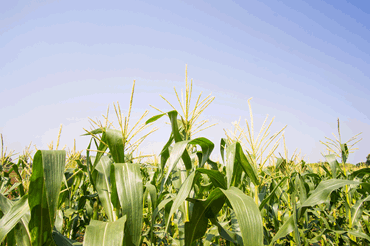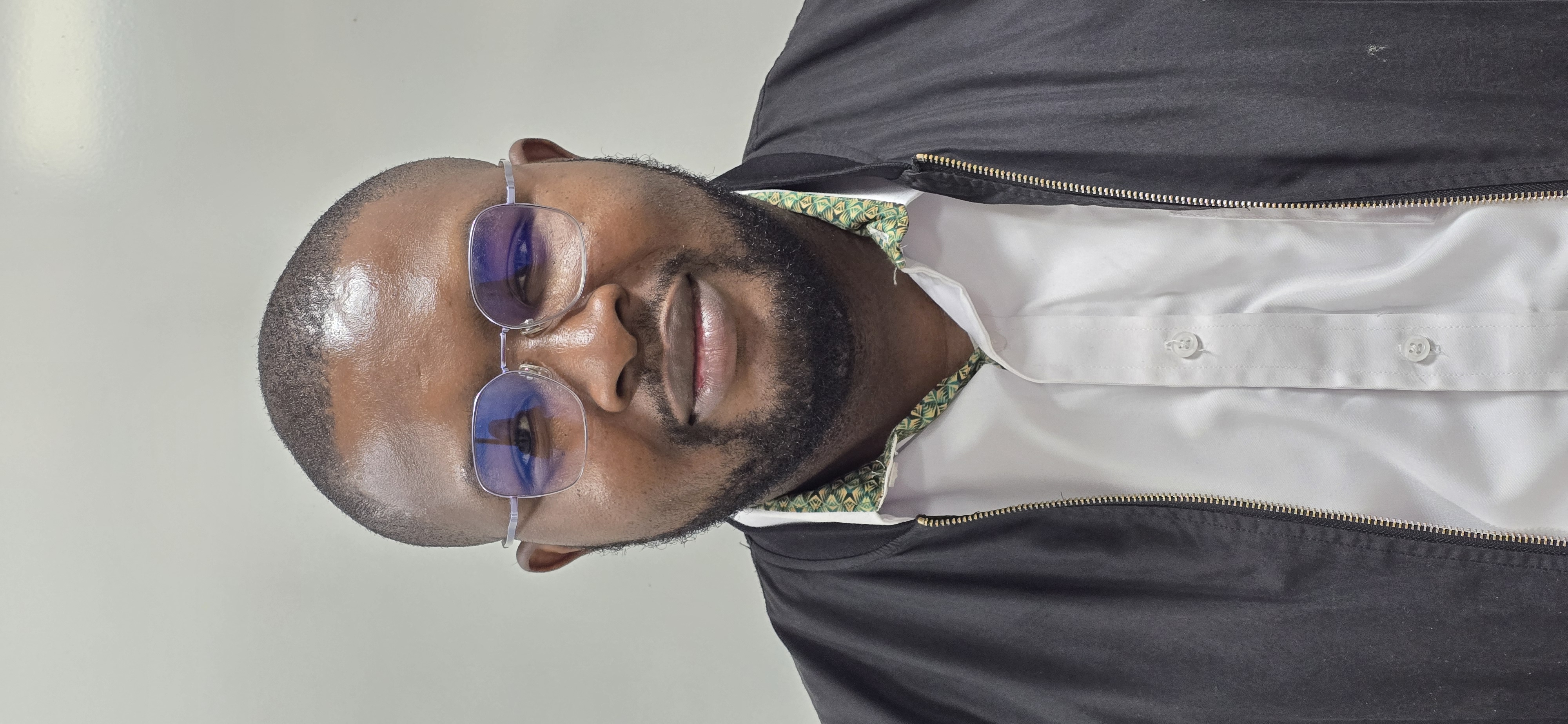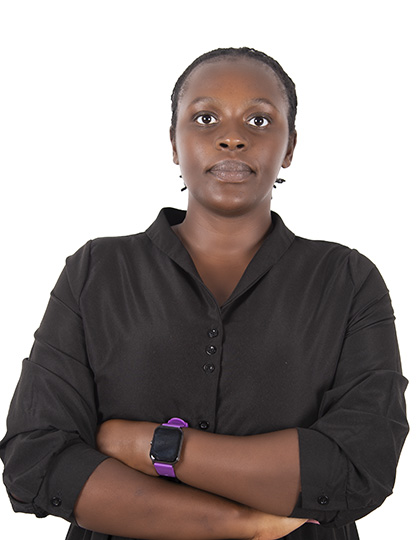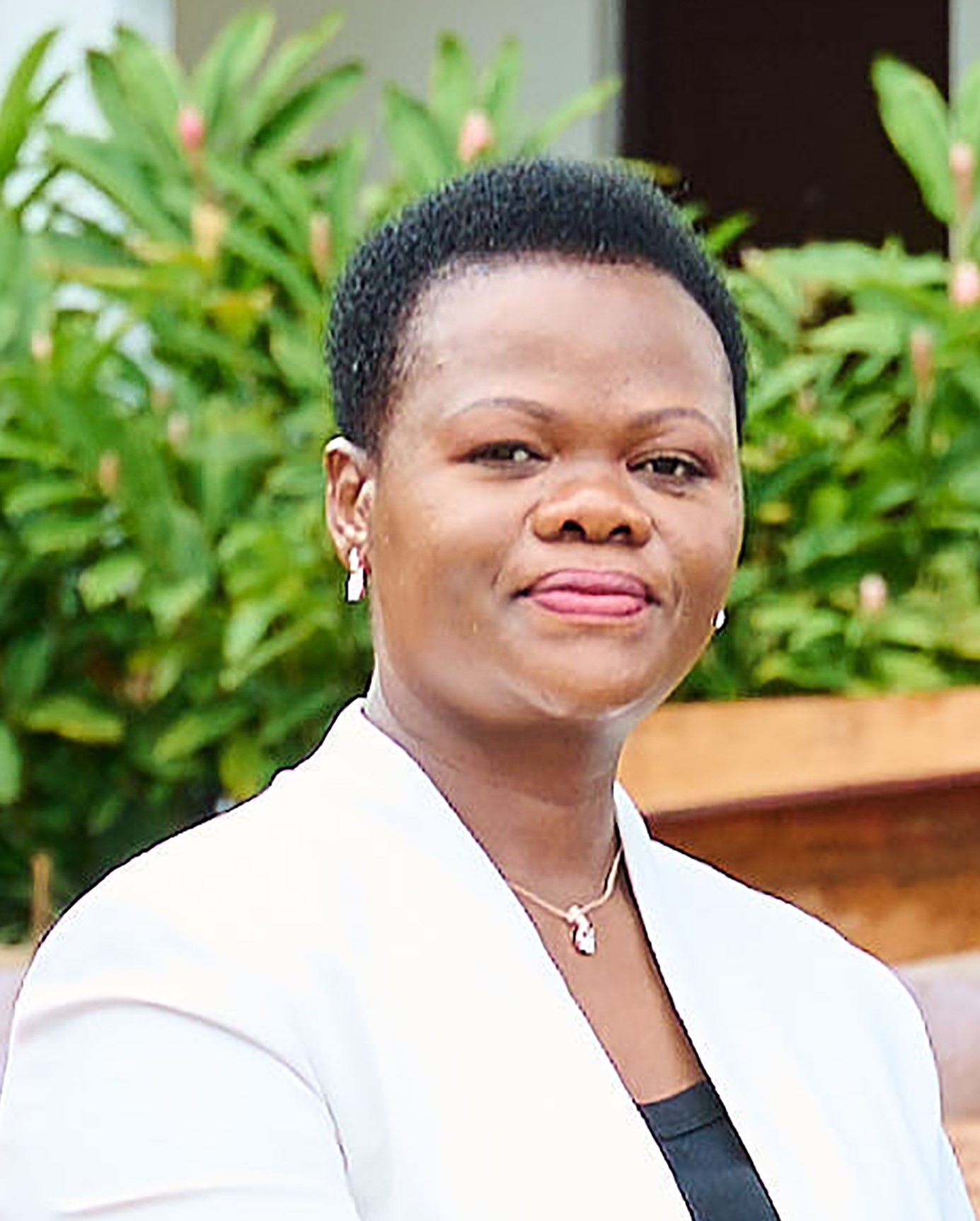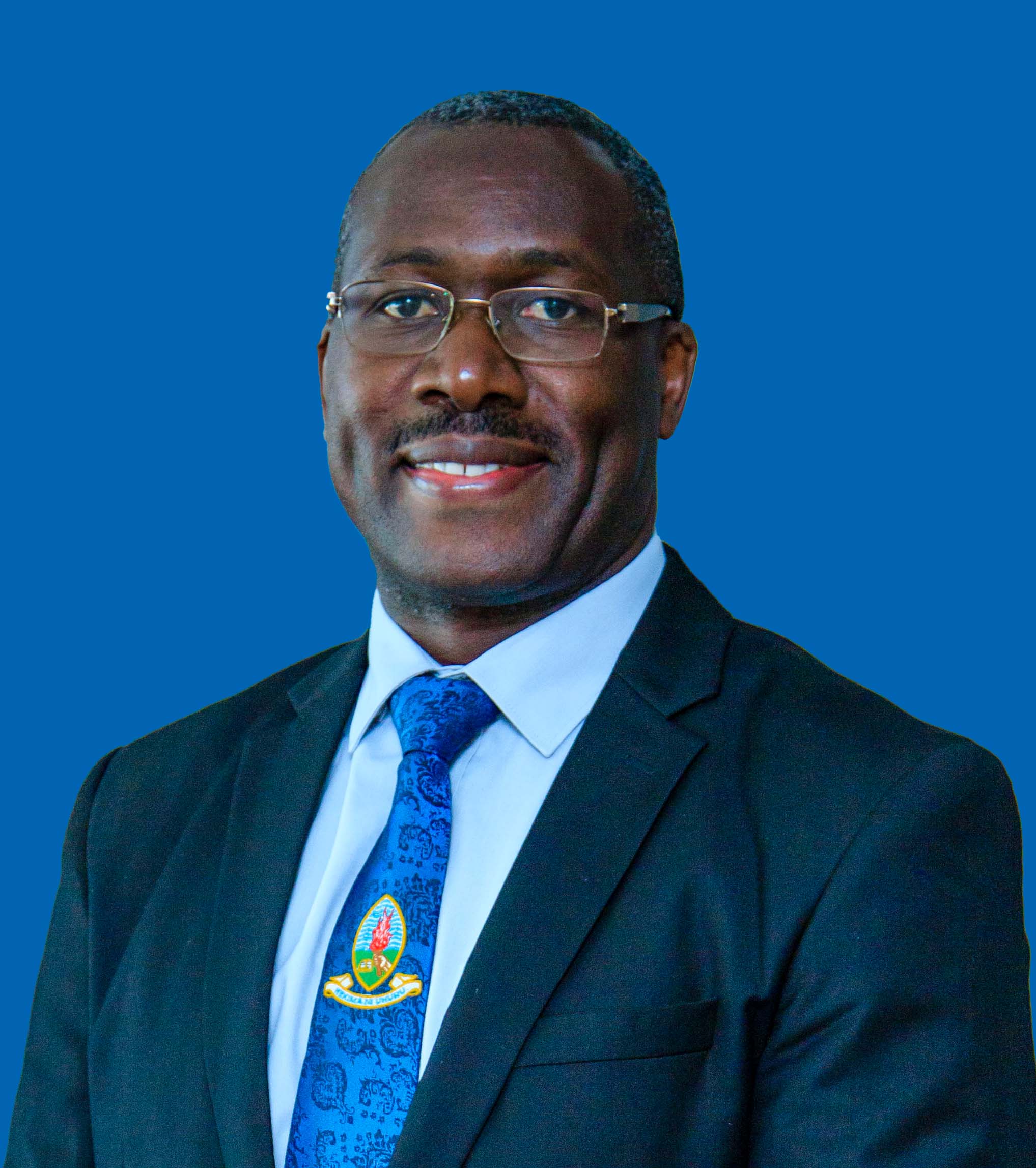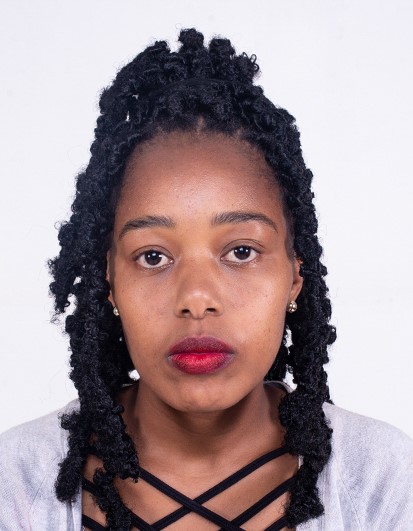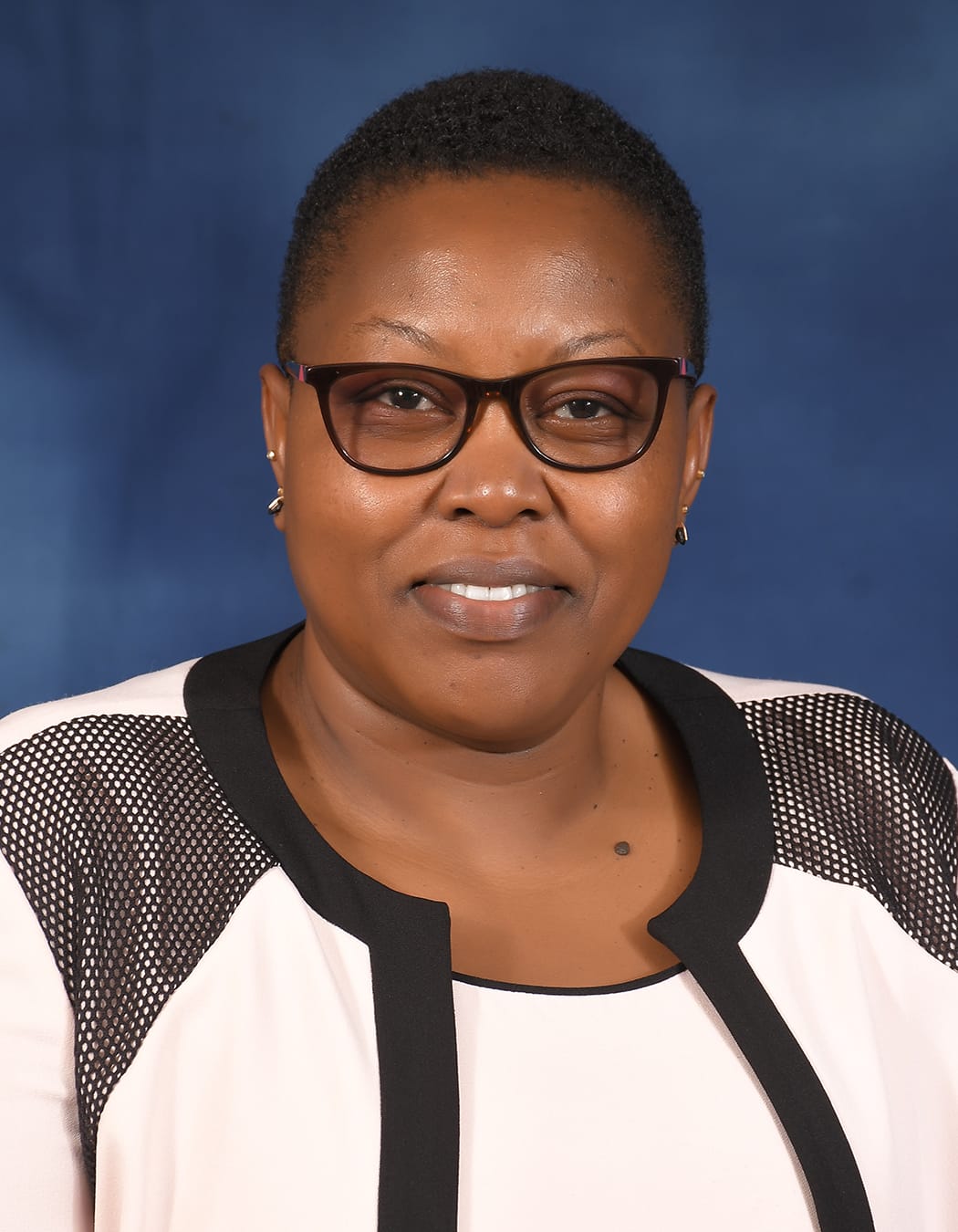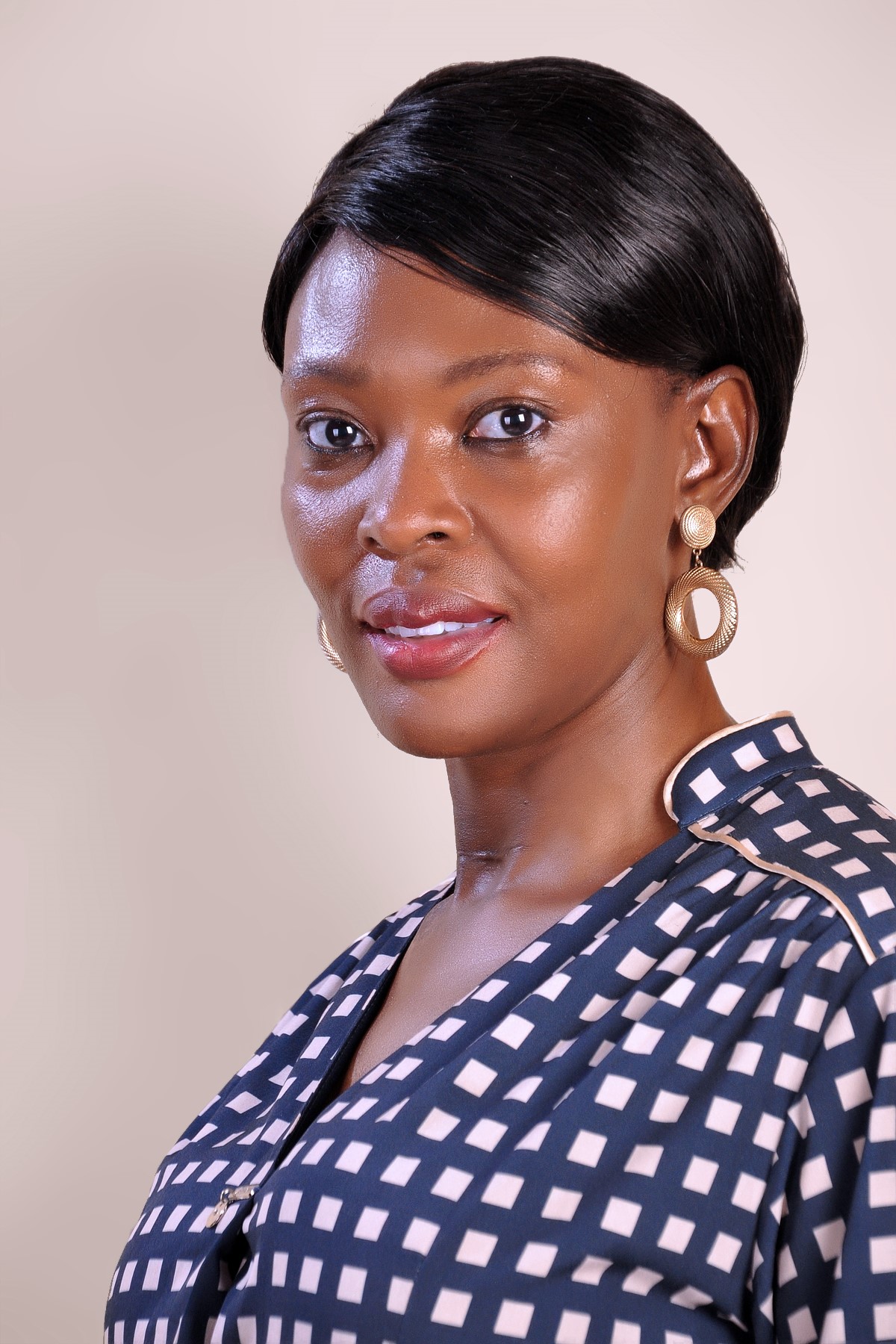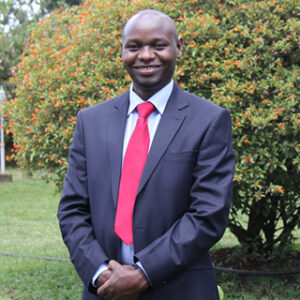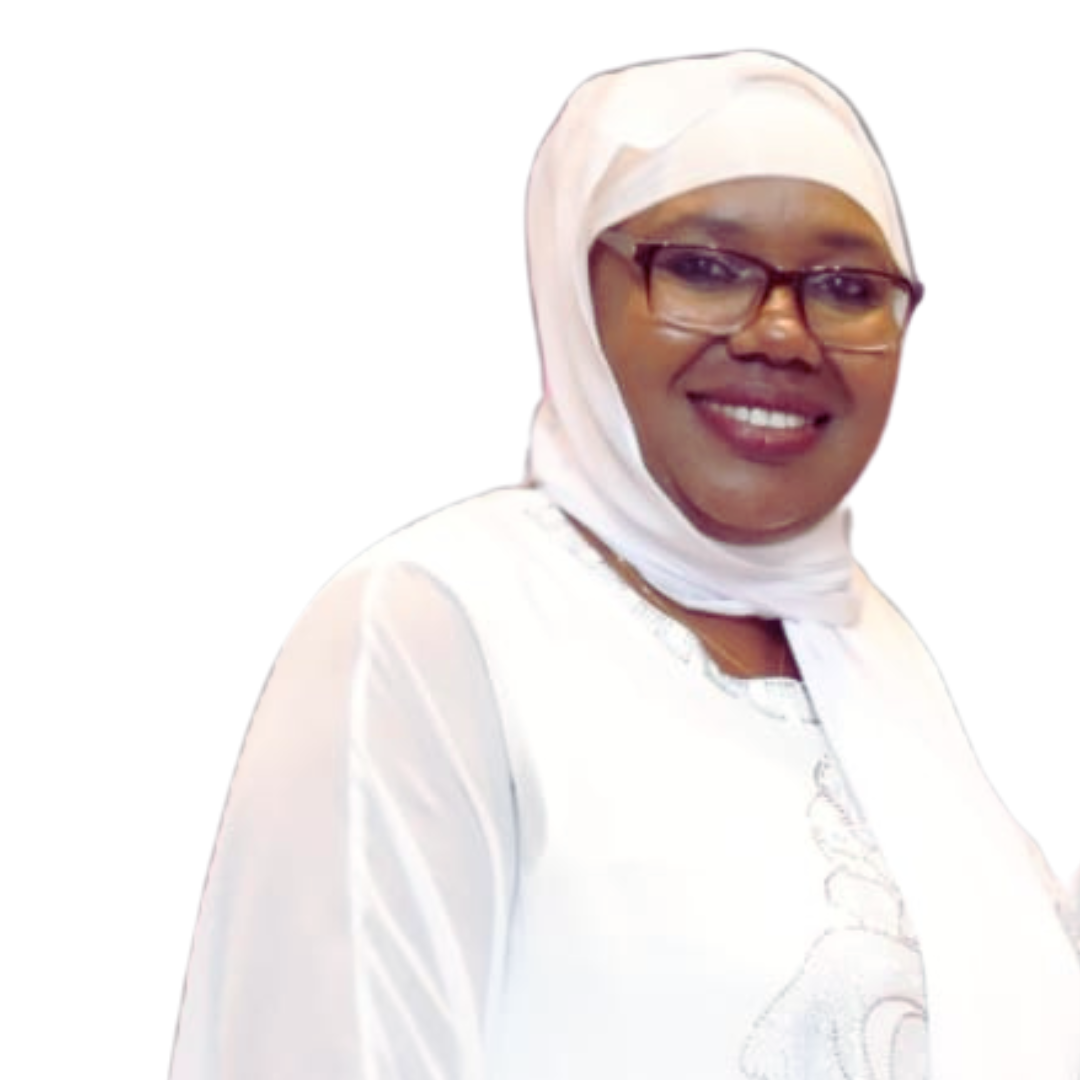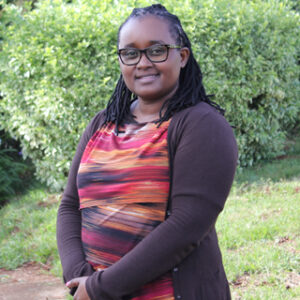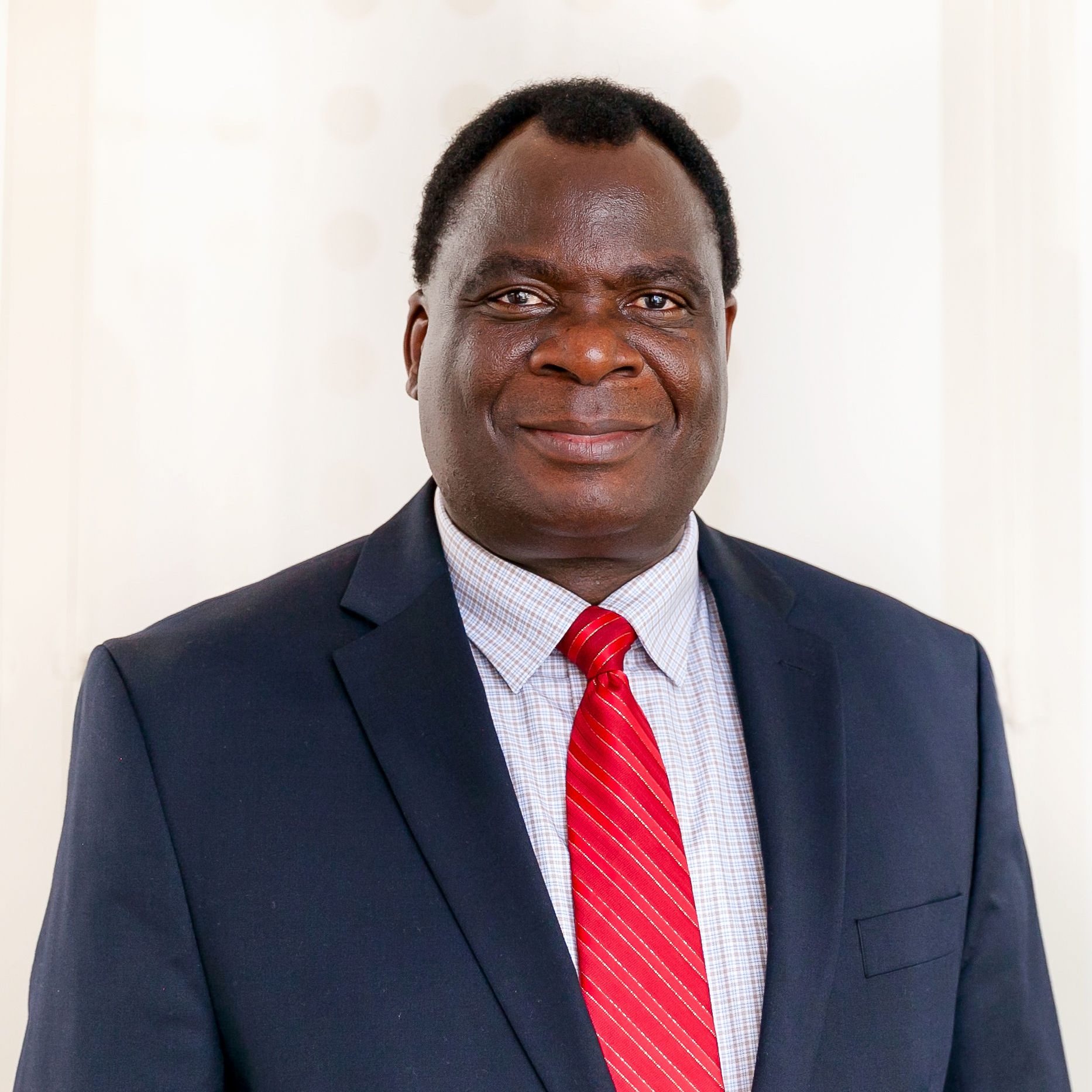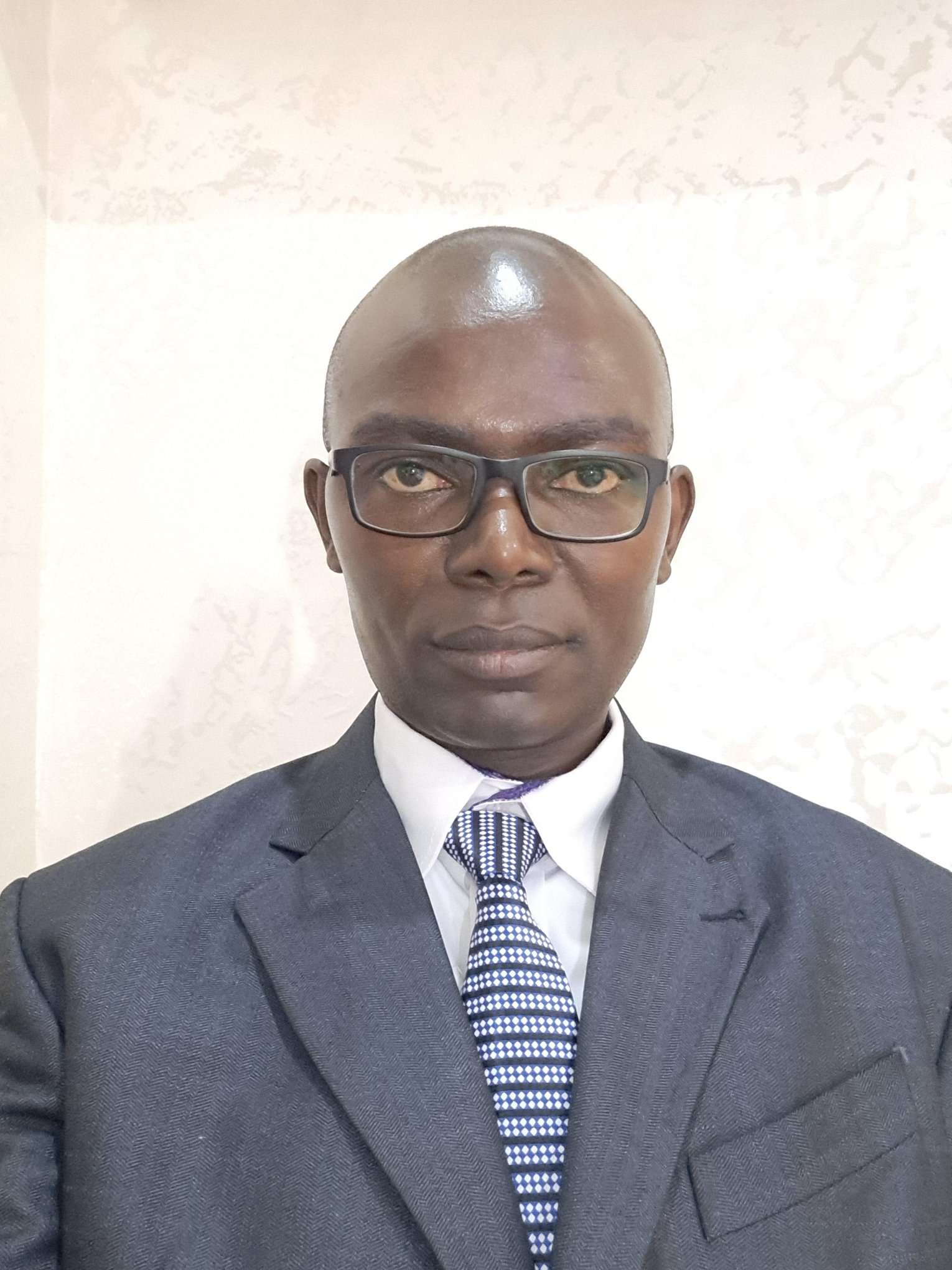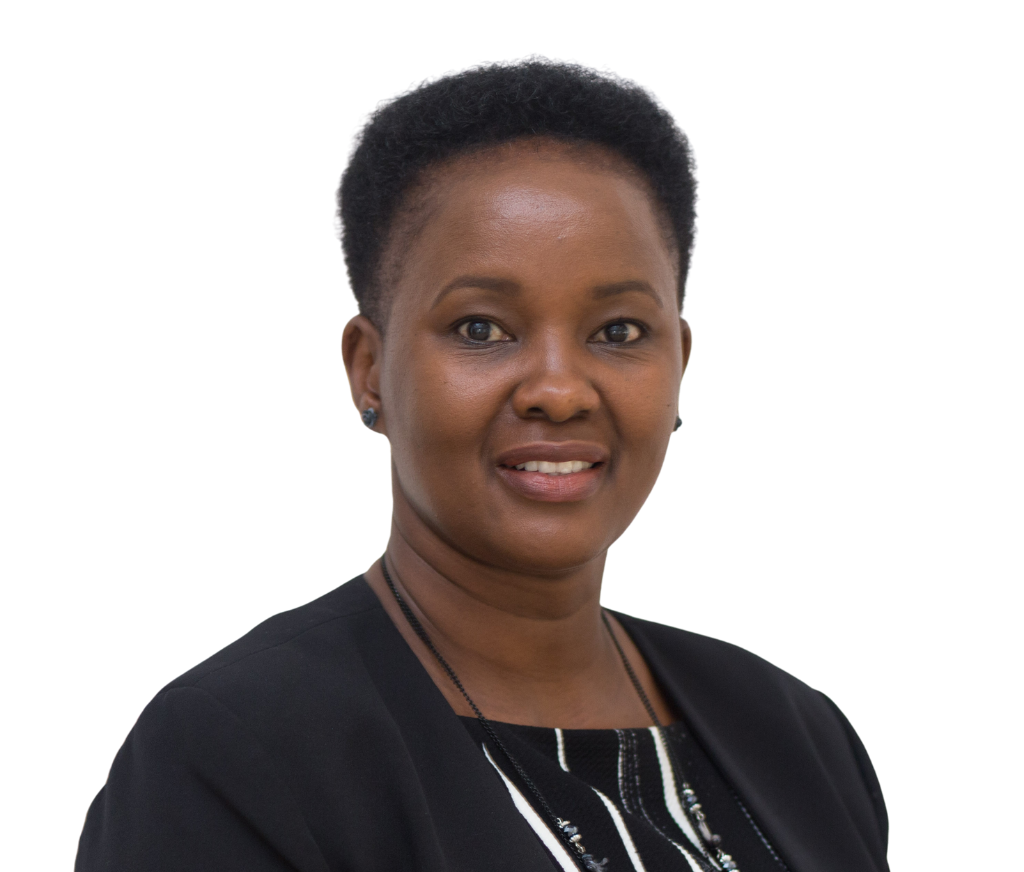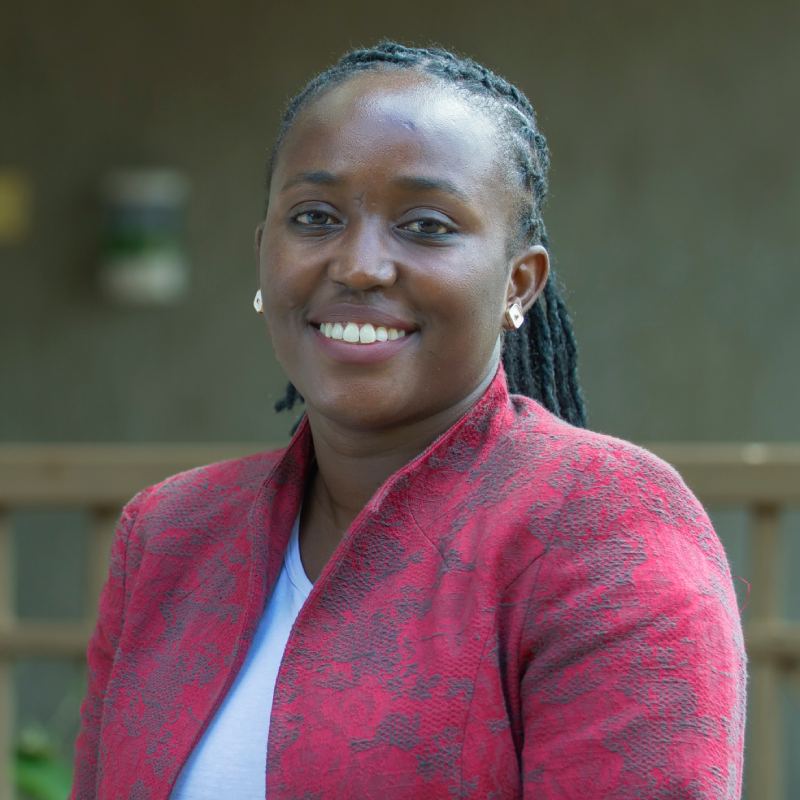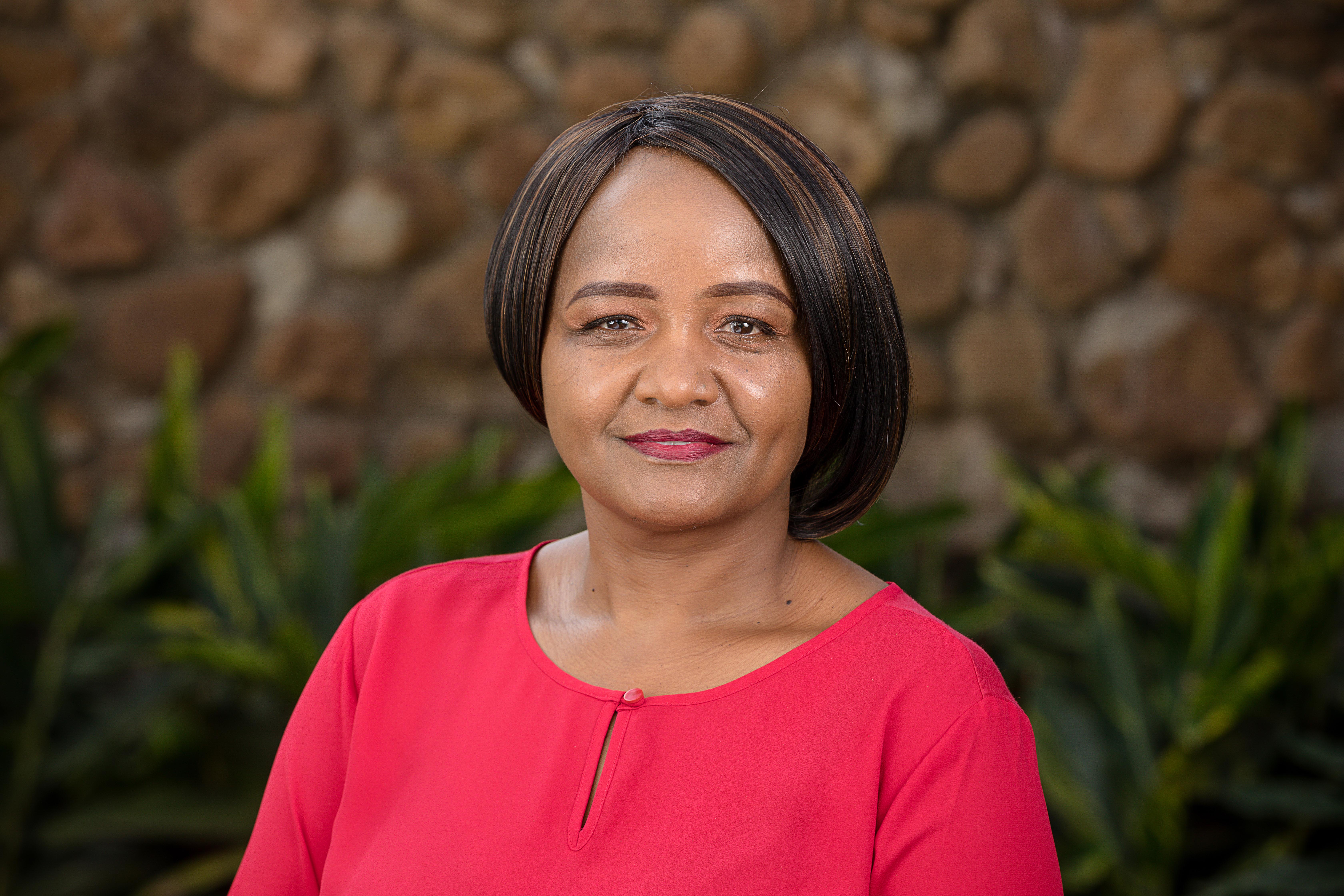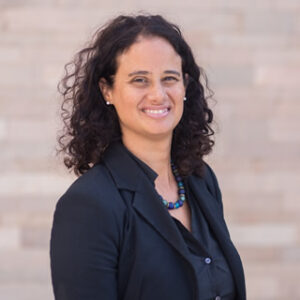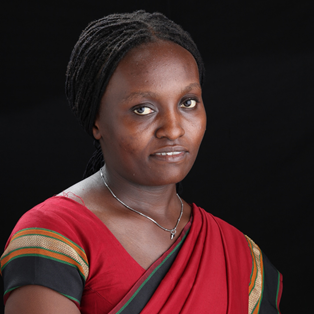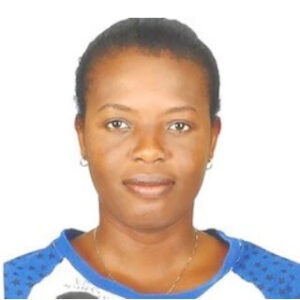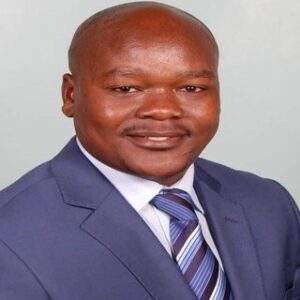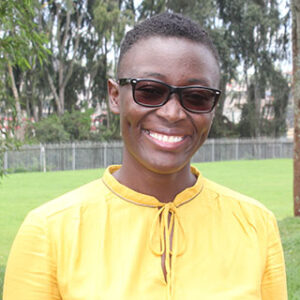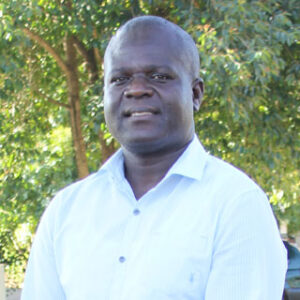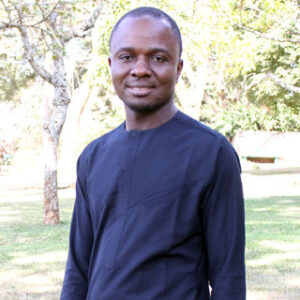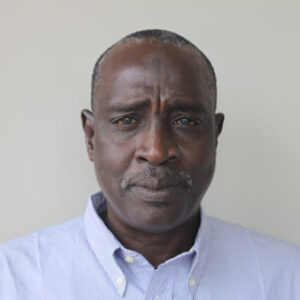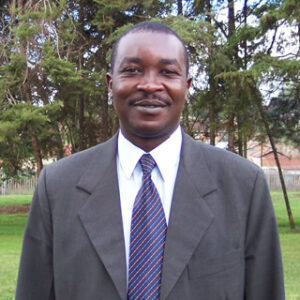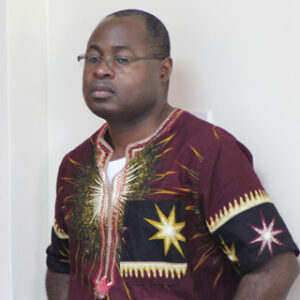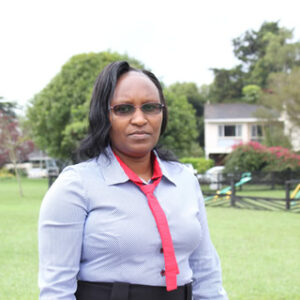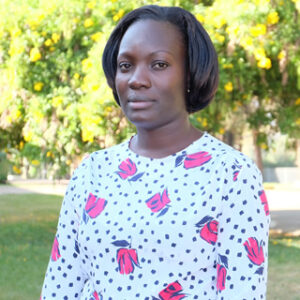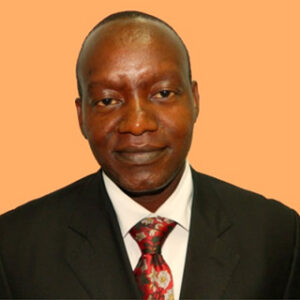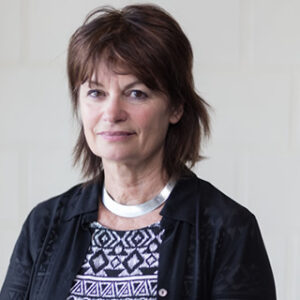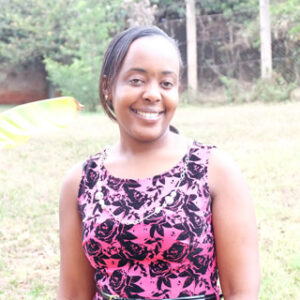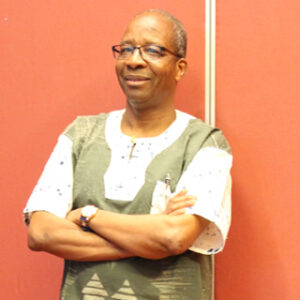- by AATF Africa
Vitalis Kwena Oduor is a small-scale farmer from Nyamwanga Village of Busia District in Western Kenya. He grows various crops including maize, beans, sorghum, cassava, ground nuts and sweet potatoes on his six acre piece of land.
Vitalis’ farming experience dates back to 1978. Like any other farmers in the region, maize is a staple crop which he has planted for as long as he can remember. With time, the fertility of his land started dwindling and whenever he planted maize the yields went down with each cropping season. He recalls that at some point a strange but nice looking weed which produced purple flowers emerged and started to slowly colonize his farm causing his maize yields to decline even further. At some point he could not be assured of harvesting anything at all. The initial thought of many farmers was that their farms had been bewitched a notion that made them feel helpless. The weed, as Vitalis and his fellow farmers came to learn was known as Striga or witchweed and locally as oluyongo.
To try and control the infestation of the weed on their farms, the farmers uprooted and burnt or buried the weeds or sometimes threw them by the roadside to be trampled on. Some of the farmers also opted to use cattle manure in their farms.
In 2006, Vitalis received information about the development of the StrigAway Imazapyr Resistant (IR) maize variety from Mr. Charles Odiero of OTiT, a community based organization operating in the area. He heard that the maize seed could kill Striga and perform well in infested fields when compared to other varieties He decided to give the maize variety a try immediately. The results were very encouraging. His output increased from less than two bags per acre before adopting IR maize technology to up to 22 bags per acre currently. Since then Vitalis has been planting the StrigAway IR maize or Ua Uyongo as it is popularly known in the area.
Vitalis is full of praise for IR maize which includes guaranteed food for his 10 member family, an aspect that has brought peace and happiness in his home. In addition, he says he does not keep track of the price of maize in the local market as he can’t remember the last time he bought maize. Another major impact of this technology is the boost in family income which has enabled him to comfortably educate his children one of whom has finished college and is already employed. Another child has finished his secondary education and will soon go to college. The rest of the children are still in school. He pays school fees by supplying the schools his children attend with maize which is then converted to cash. This arrangement has assured him of a ready market for his produce.
In addition, Mzee Vitalis has been able to take a huge step in life by moving from a grass thatched house to a semi-permanent iron sheet roofed house with a cemented floor thanks to the proceeds from his maize sales.
According to Vitalis IR maize is also sweeter whether cooked as ugali or roasted. He adds that IR maize yields more flour when milled compared to other varieties and it does not lodge even when it is windy.
Vitalis sums it all up in a few words – “Charles Odiero saved me from Striga.”
Vitalis cites some of the challenges experienced with IR maize technology as inconsistency in seed supply and quality which affects germination. This issue is being addressed by the partners working in the project including seed companies.

